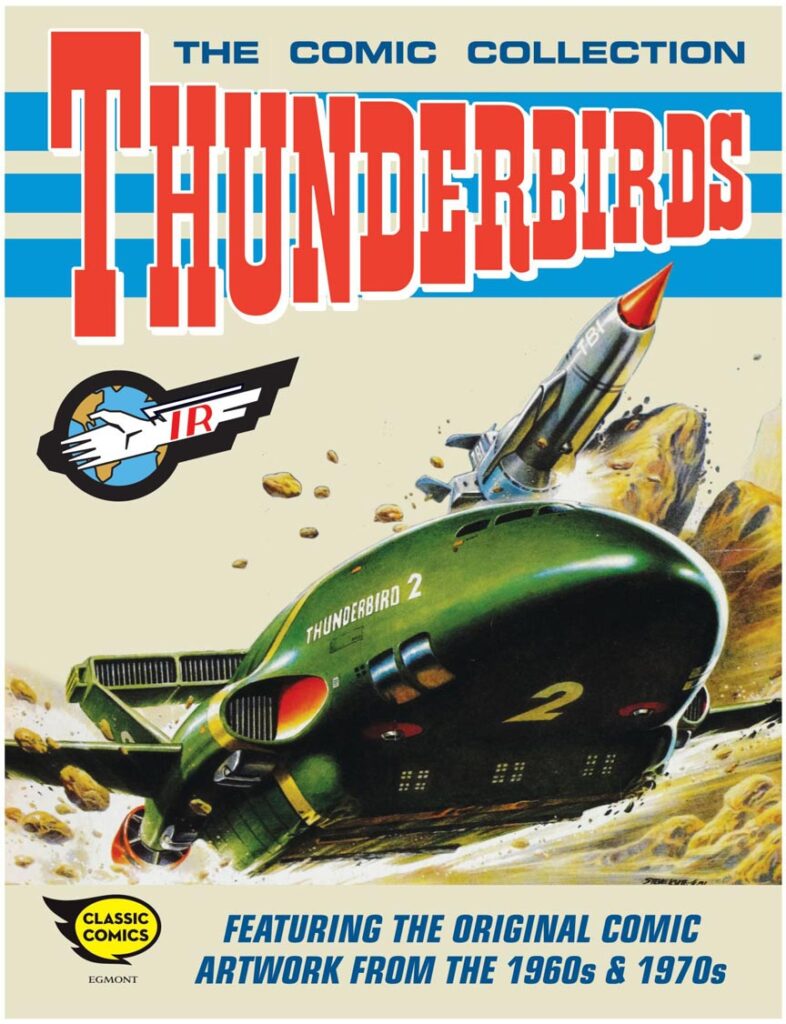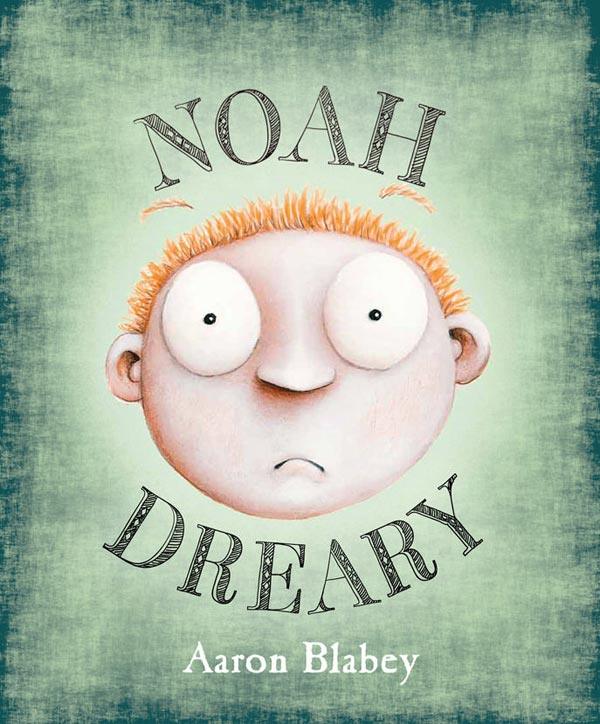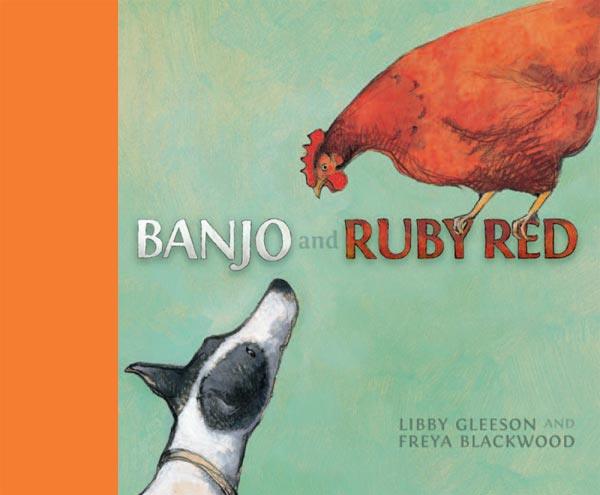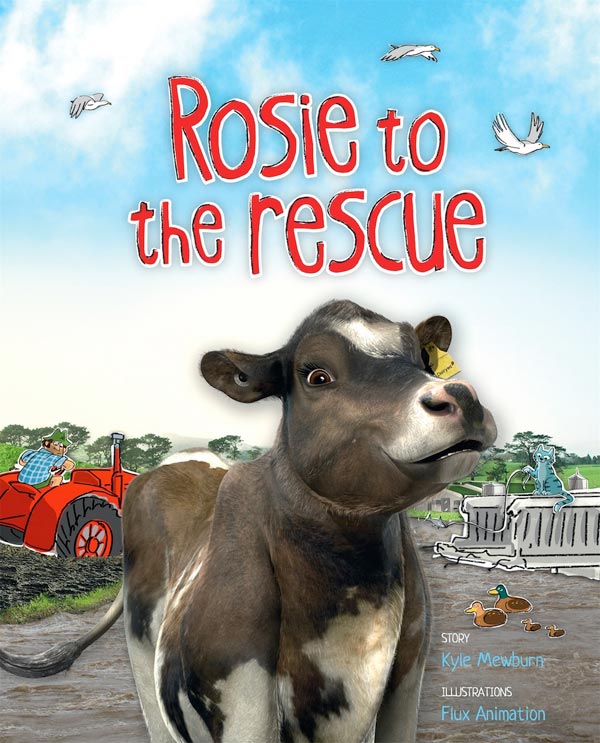Dujuan Hoosan, Margaret Anderson and Carol Turner (text), and Blak Douglas (illustrator), In my blood it runs, Pan Macmillan Australia, October 2023, 58 pp., RRP $26.99 (hbk), ISBN 9781761263774
This powerful and thought-provoking book accompanies the 2020 film, In My Blood it Runs (available on Netflix or on hire through Vimeo), filmed over three years, following events in the life of Dujuan Hoosan, an Arrernte-Garrwa boy growing up in Alice Springs where he is failing at school, roaming the streets at night, and trying to take a role in his community as a healer. He is in danger of being taken from his family or, if caught up in the police patrols, he will find himself in the notorious youth detention centre, Don Dale.
Stories of the stolen generations are vivid and present to his extended family members. This book is narrated by Dujuan in a touchingly straightforward text that mixes his growing knowledge of traditional ways with the rebellious, rootless and confused life of kids and teens on the streets of Alice Springs. As in many aboriginal families, the grandmother takes on deep responsibilities, while the mother is threatened with her welfare payments being withheld when her children refuse to attend a school that cannot connect with her son in any way that matters.
The text uses Arrernte words when Dujuan has a chance to go bush to his homeland at Sandy Bore. After being expelled from school, and four times picked up by a paddy wagon in town, the only solution seems to be to send him to his father, Jim jim, at Borroloola, nearly 1,300 kms away on the Gulf of Carpentaria, where he was born. Here there is hope that he will grow into a man of substance, service and leadership in his community. During the time of this story, 100% of inmates in Northern Territory juvenile detention centres were Aboriginal.
The illustrations by Blak Douglas are dramatic and expressive, using the colours of the landscape, skilfully giving character to each of the figures depicted. Production standards are high, and the book is one that might just make a big difference to the ways the next generation thinks about the situation of first peoples in Australia. Children from nine to fifteen will find much to absorb and intrigue them in this book.
Reviewed by Kevin Brophy






